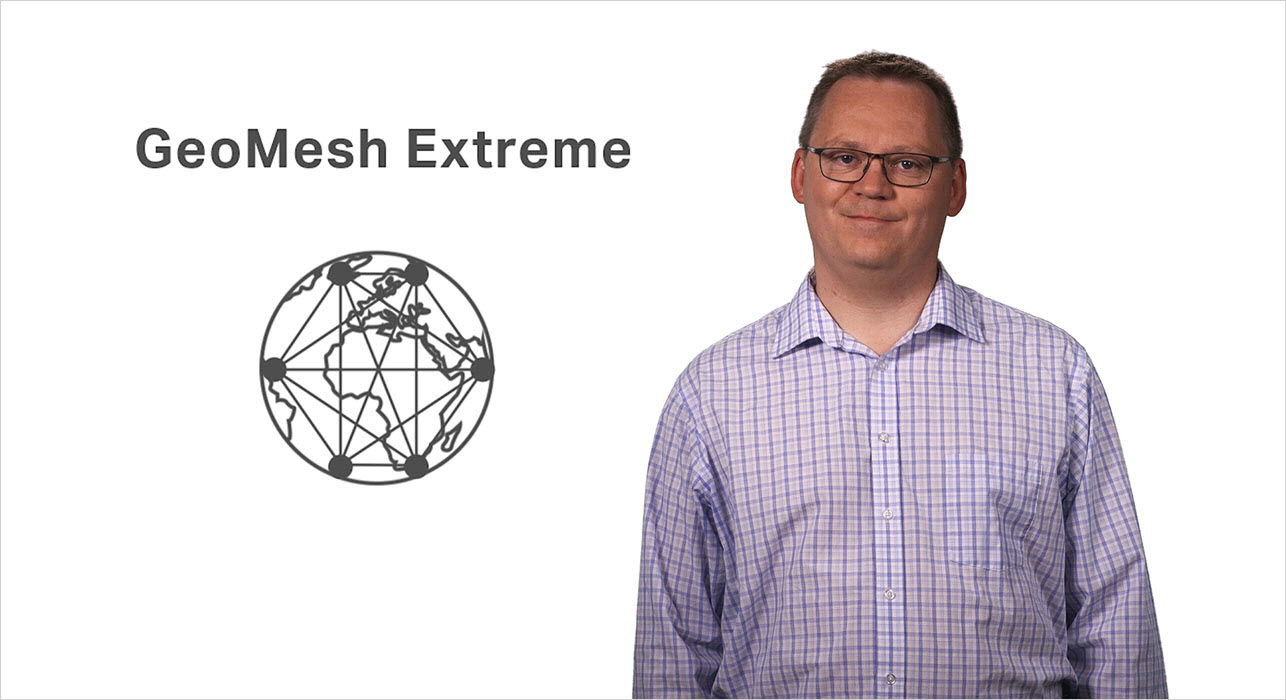GeoMesh Extreme:
Now that I’ve got your attention, what exactly is a kraken? It’s a legendary sea monster that terrorized ships that sailed the North Atlantic Ocean. It was an unknown danger that dwelled the ocean deep and could attack without warning resulting in untold mayhem. Whether the kraken legend originates from a giant squid or octopus sighting is debatable, but it terrorized sailors nonetheless, as they never knew if or when the kraken could be encountered. Legends die hard, but there are real dangers that lurk beneath the oceans of the world, and this is precisely where submarine cables live and work.
Hundreds of years ago, when the kraken was terrifying sailors crisscrossing the world’s oceans, ships were the only method of sharing information between continents that were separated by thousands of kilometers of water. This was until the first reliable transoceanic submarine cable was established over 150 years ago, way back in 1866. This pioneering telegraph cable transmitted at rates that we’d scoff at today, but it was undoubtedly a monumental performance leap when compared to sending handwritten letters back and forth between continents, which could take weeks and even months. Imagine you waited months to receive an important letter, but couldn’t read the sender’s handwriting?! Oh, the horror!
Most modern submarine cables are based on coherent optical transmission technology, which enables colossal capacity improvements over the early telegraph cables of yesteryear, and can reliably carry multiple terabits of data each second. We’ve come a long way in improving on how much data we can cram into these optical fibers that are the size of a human hair, housed in cables the size of a common garden hose, and laid upon the world’s seabeds for thousands of kilometers. We’ve also come a long way in being utterly and completely dependent upon this critical infrastructure, now carrying $10 trillion – yes, TRILLION – worth of transactions every day, over 95% of all inter-continental traffic, and are experiencing over 40% CAGR growth worldwide. This network infrastructure will become more critical, if that’s even possible!
Why should we care about submarine cables sitting quietly upon seabeds of the world? Because there’s no Plan B.
There’s simply no viable alternative to the world’s critical submarine cable infrastructure. Satellites need not apply, because they cannot compete with the required capacity, performance, availability, security, or cost points of existing high-speed optical networks, overland or undersea. Most people haven’t even heard of submarine cables, but they’re there, silently and often invisibly carrying information over the biggest construction project mankind has ever undertaken – the Internet.
No alternative means that we must continually innovate to increase the information-carrying capacity of these jugular veins of intercontinental connectivity, better protect them from inevitable faults to ensure continual availability, and improve the total cost of ownership to maintain pace with ongoing price erosion – often contradicting goals, n’est-ce pas?
We’ve now taken the ground-breaking (sea-breaking?) GeoMesh architecture to the extreme with the launch of GeoMesh Extreme that improves upon its forerunner by incorporating several key enhancements.
Introducing Ciena’s New GeoMesh Extreme
Back in 2013, Ciena launched a ground-breaking (sea-breaking?) network solution that addressed these challenging design goals with the introduction of GeoMesh, which pioneered PoP-to-PoP networking. By viewing the submarine segment of an end-to-end network similarly to a terrestrial network segment (albeit thousands of kilometers long and sitting on the bottom of the world’s oceans) Ciena erased traditional submarine-terrestrial network demarcation points – relics of historical reasons – in cable landing stations that revolutionized how end-to-end networks, overland and oversea, are designed, deployed, and maintained. Real-world benefits from scalability to availability to simplicity were unleashed the world over.
But we didn’t stop there, because the ever-changing requirements placed upon networks never stops, ever.
We’ve now taken the ground-breaking (sea-breaking?) GeoMesh architecture to the extreme with the launch of GeoMesh Extreme that improves upon its forerunner by incorporating several enhancements such as WaveLogic Ai, Blue Planet MCP, Blue Planet Analytics, Packet Switching, Protection Switching, and Professional Network Services. This new and open subsea network solution allows submarine cable operators to mix-and-match whatever components they require thus enabling greater choice – the key benefit of Open Cables – which we commercially enabled last November with our new partnership alliance with TE SubCom, an industry pioneer providing undersea communications technology and marine services.
Want to know more about GeoMesh Extreme? Check out the video below, which explains what GeoMesh Extreme is and how Ciena will once again change the submarine network seascape, just as its predecessor did back in 2013.



Not even the mythical kraken can disrupt submarine networks that are based on GeoMesh Extreme, and that’s a good thing.


